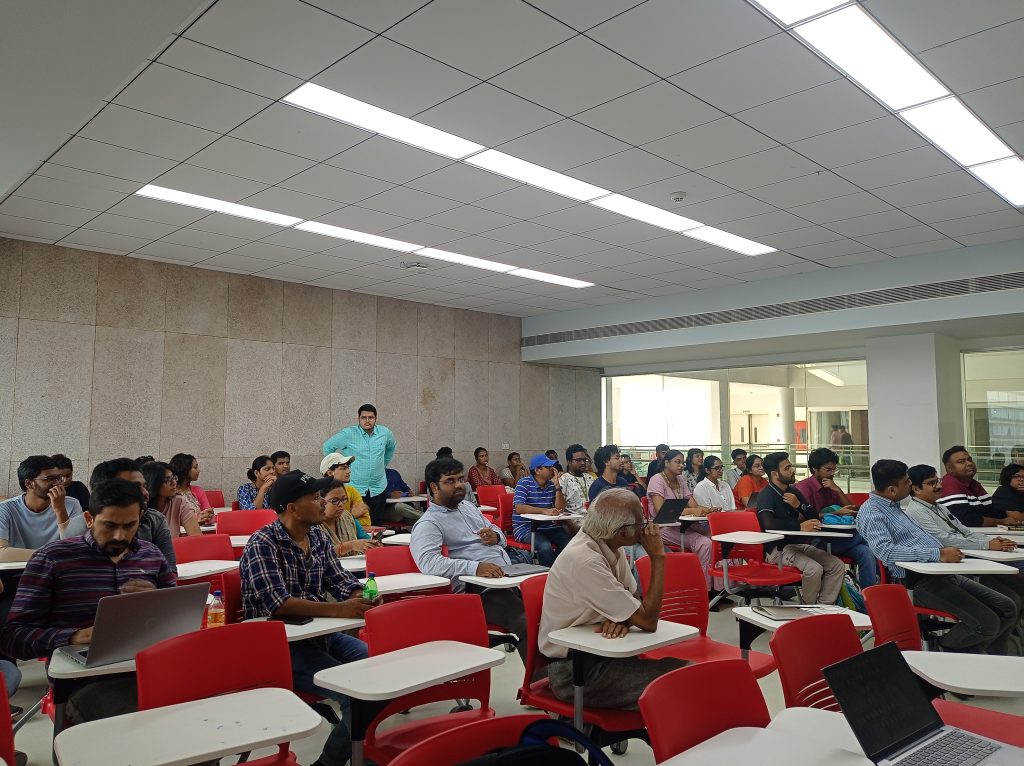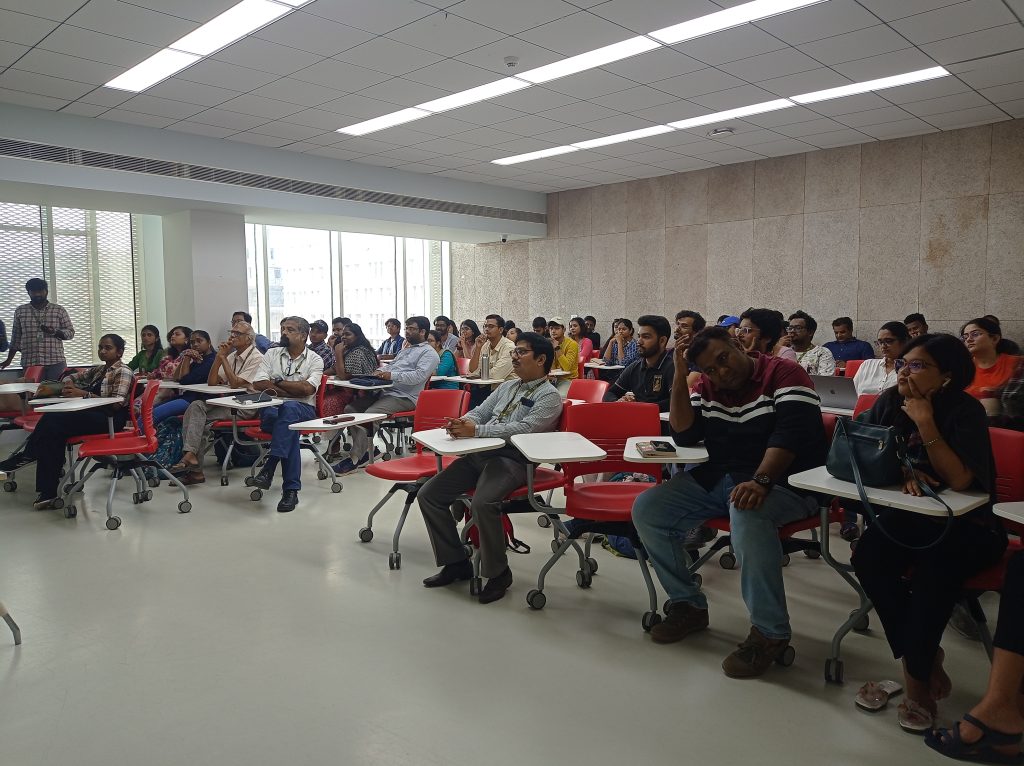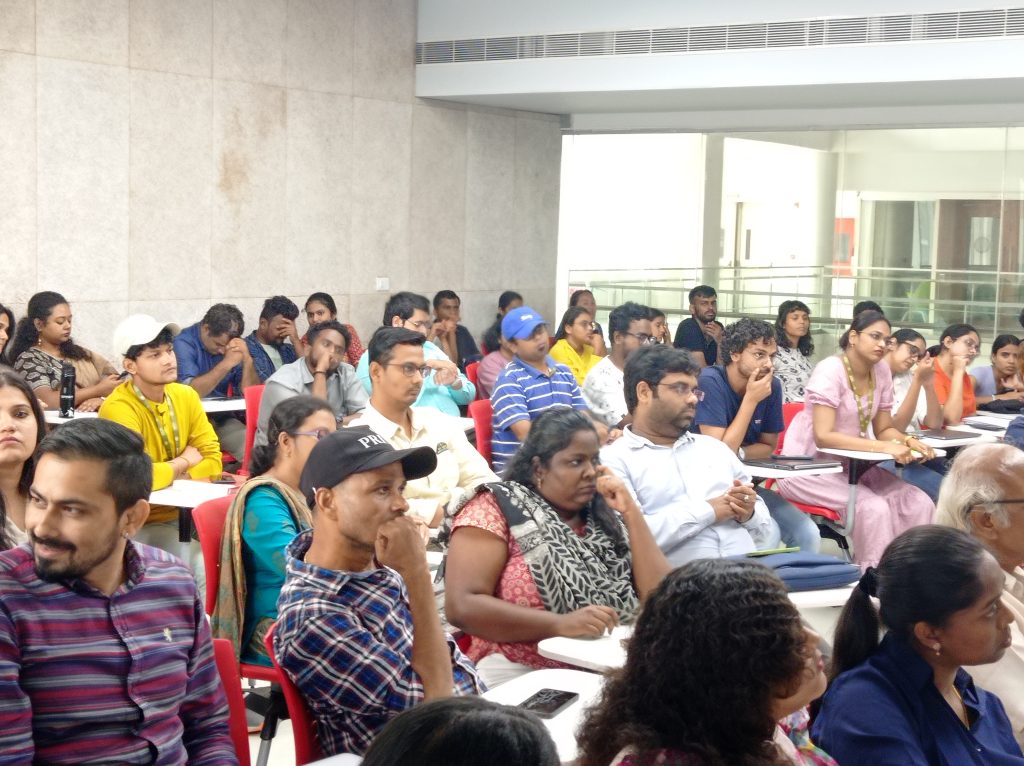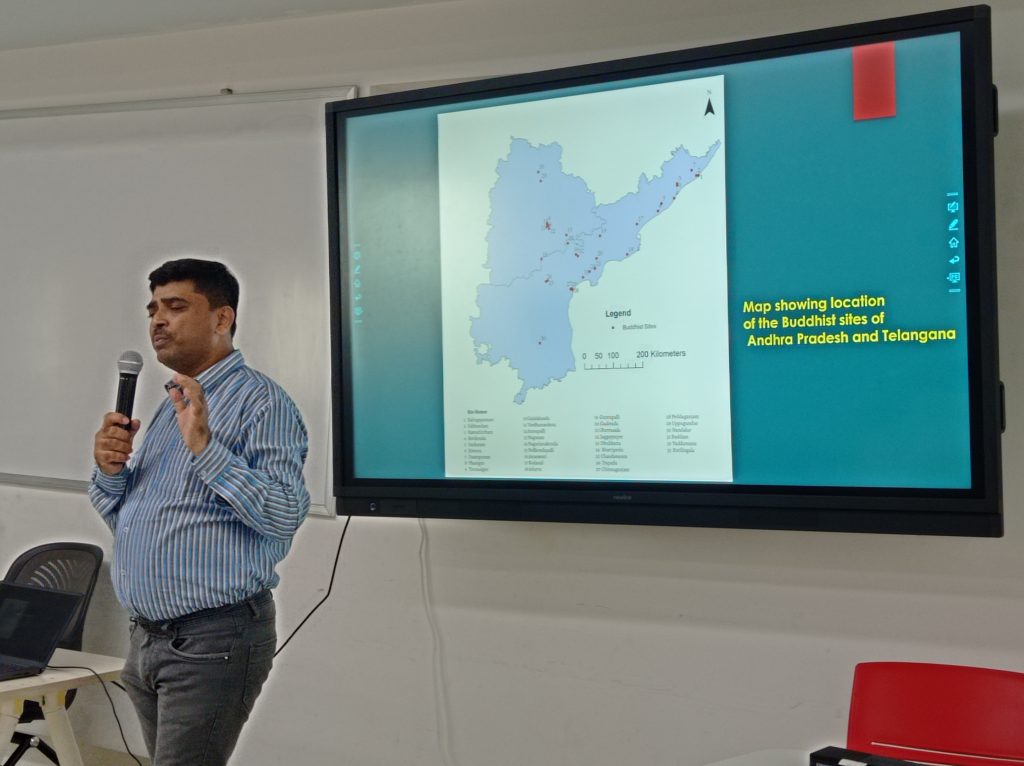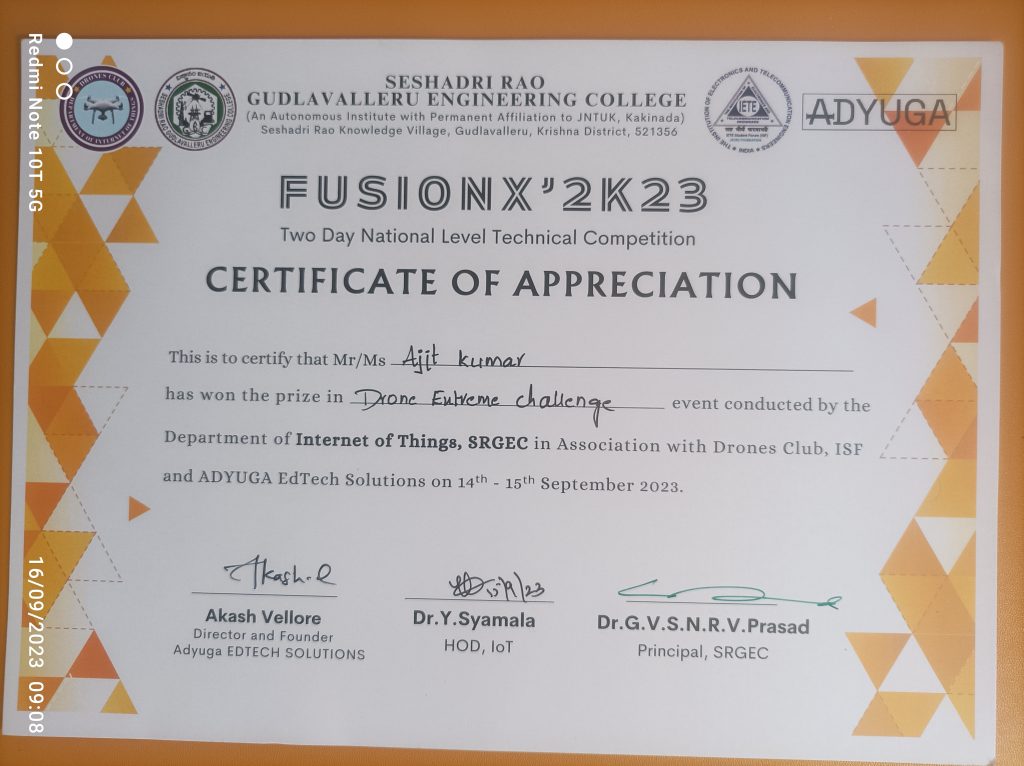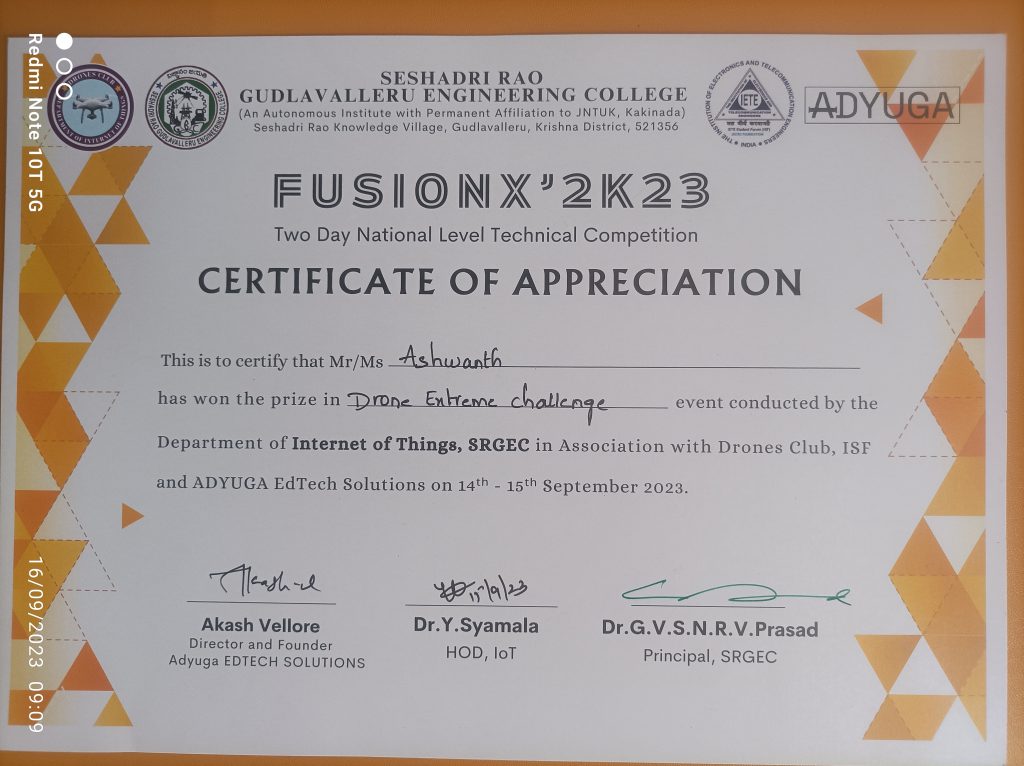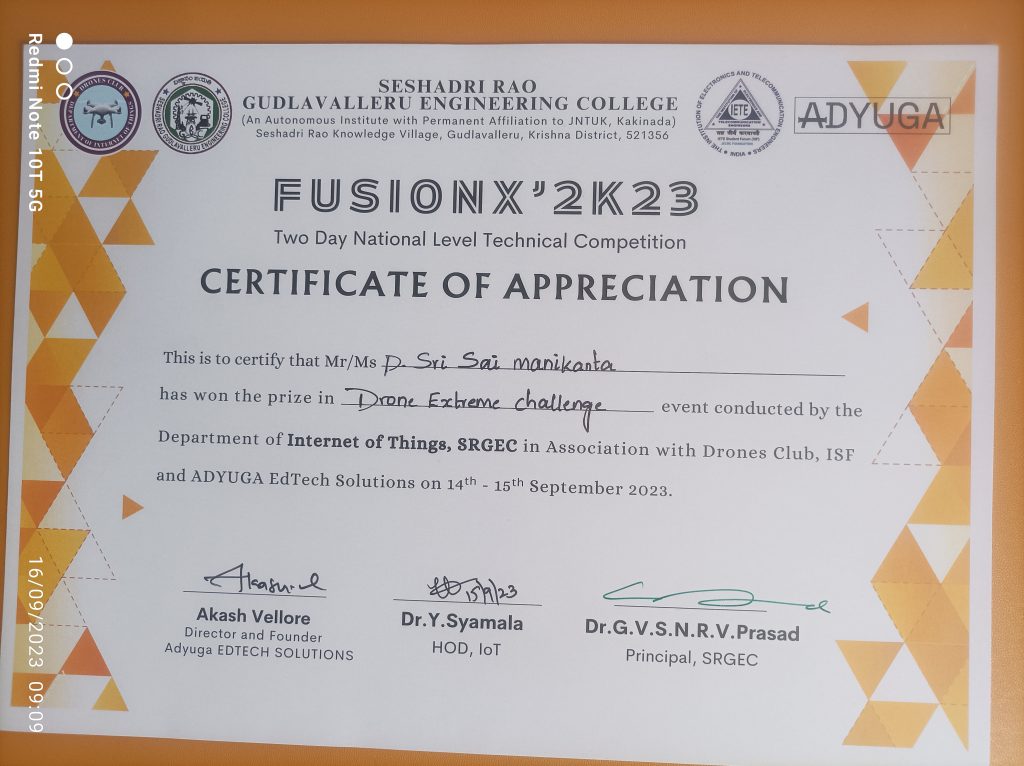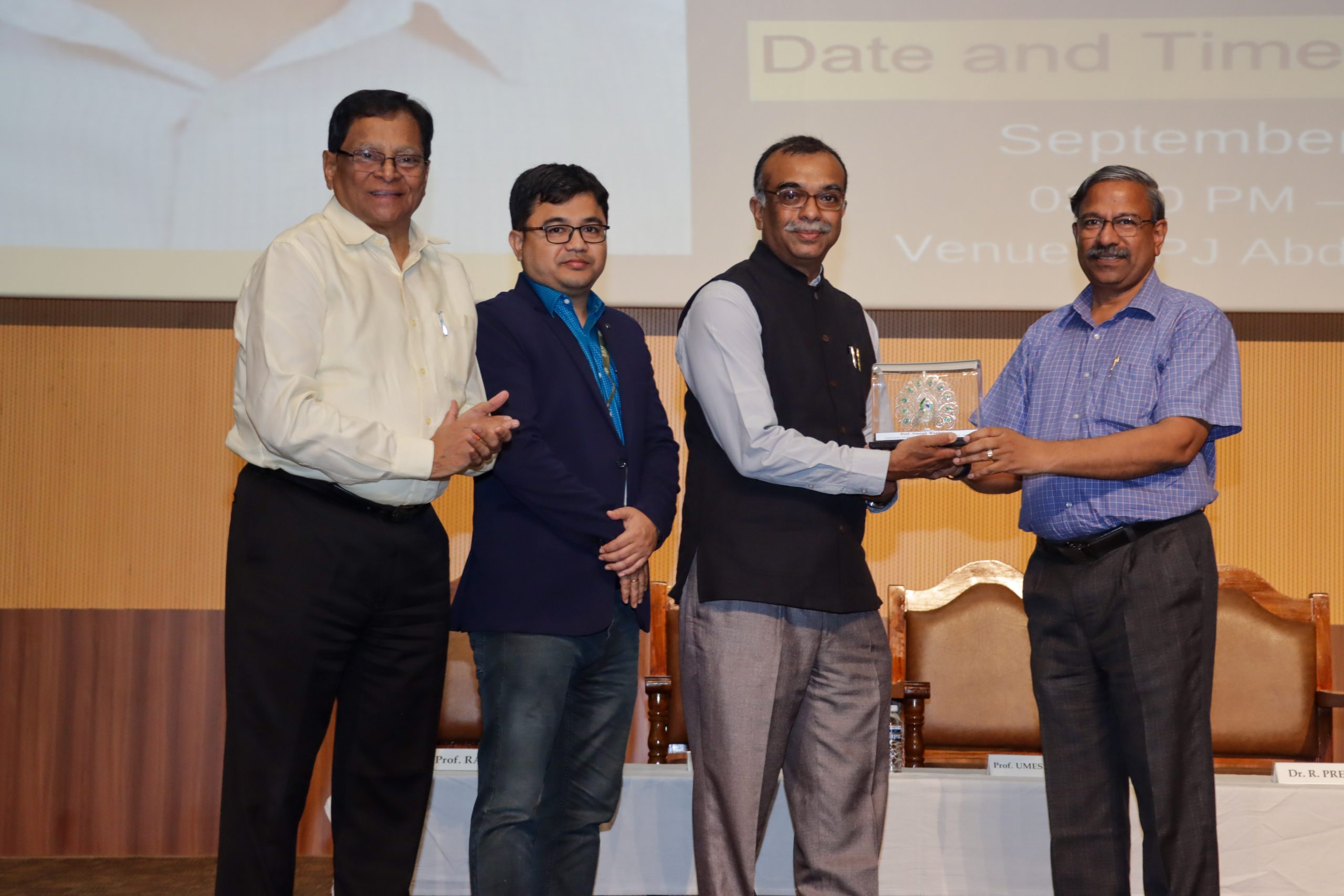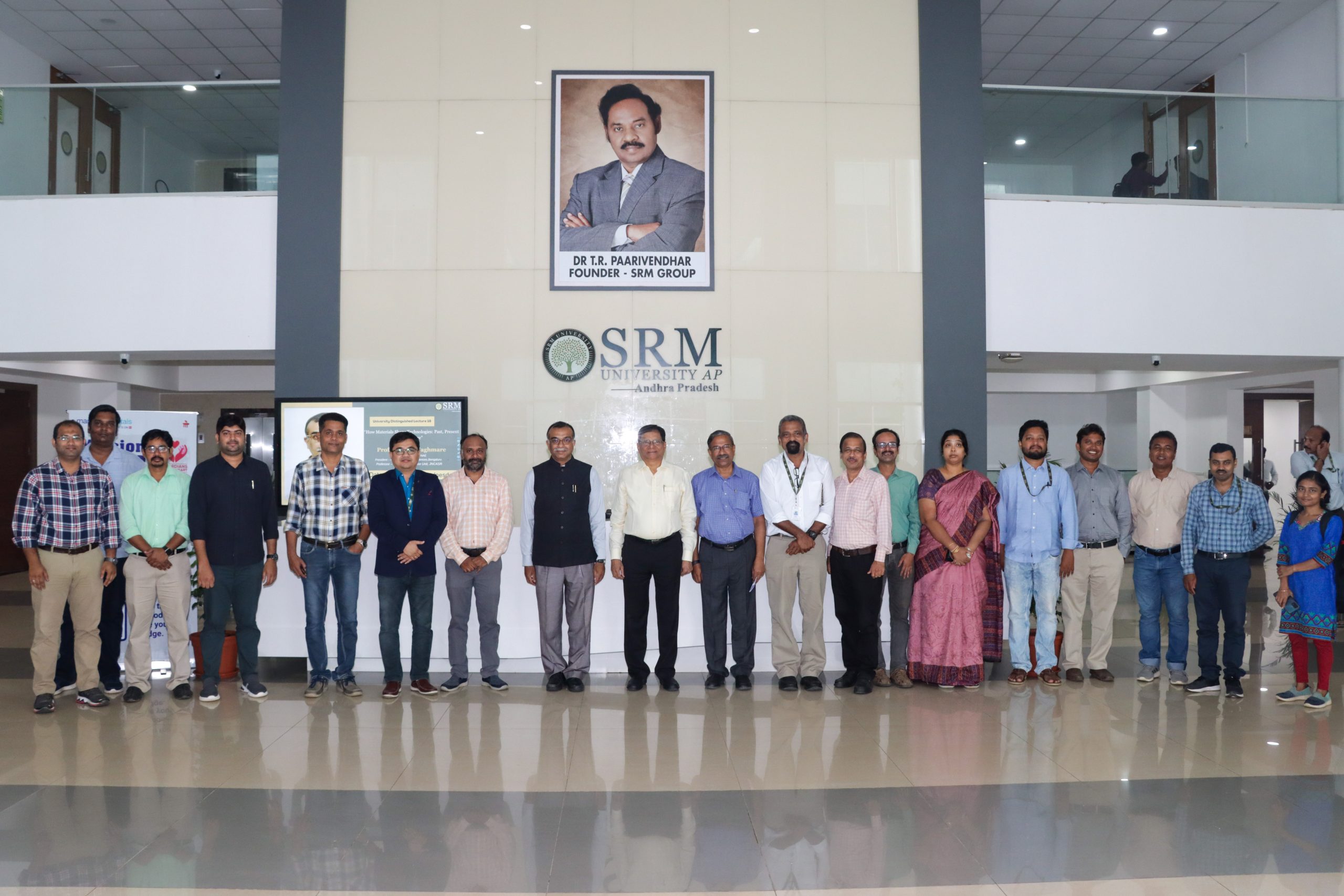Discourse on Buddhism provides Valuable Insights
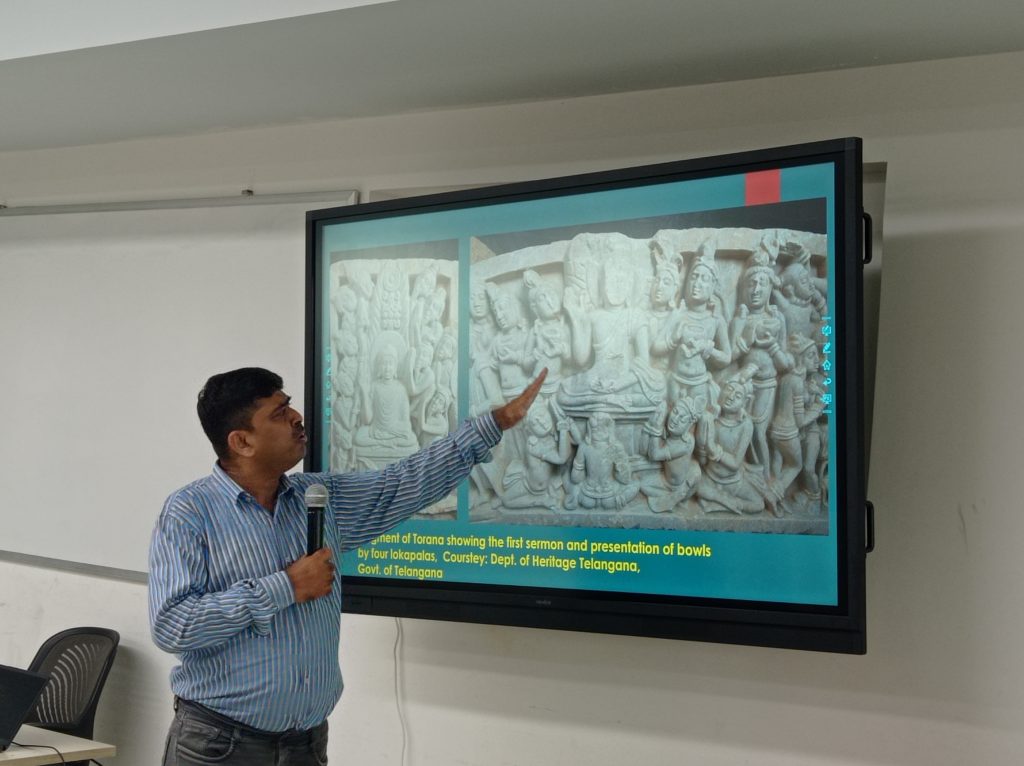
Dr Shrikant Ganvir, Assistant Professor in Ancient Indian History, Culture, and Archaeology from Deccan College Post Graduate Research Institute, Pune, delivered an invigorating session organised by the Department of History at SRM University-AP on October 11, 2023. Dr Ganvir’s session dealt with Buddhist studies, particularly of the Andhra region, and he has extensively worked on sites like Phanigiri, Salihundam, Amaravati, Guntapalli, and likewise.
Dr. Ganvir specialises in Buddhist art, architecture, and iconography. His area of expertise includes the religious history of Deccan, the history of Buddhism in South Asia, the rock-cut architecture of the Deccan, the religious imagery of ancient India, and the archaeology of religions. His broad knowledge in these fields allowed him to share enlightening insights with his audience.
- Published in Departmental News, History Current Happenings, History News, News
Unlocking Opportunities: A Glance at Education Expo 2023
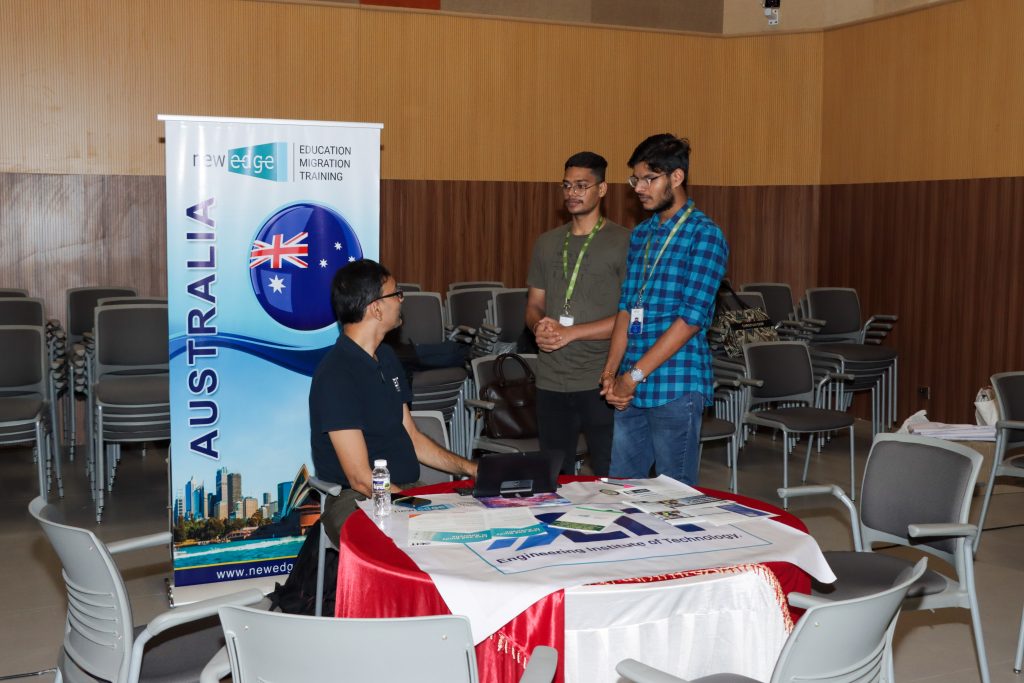
The Directorate of International Relations & Higher Studies (IR&HS) hosted the Education Fair on Wednesday, October 11, 2023, to provide meticulous guidance on higher education in universities and programmes across the globe. The event featured major universities from USA and UK, including the University of Missouri St Louis, USA, University of Greenwich, UK; Coventry University, UK; California State University, USA; York University, Canada and many more.
The event provided students with a compass for their educational journey. Expert advisors and counsellors offered insights into courses for higher studies, and scholarships, and guided them toward the right choices for their future. From business and engineering to arts and sciences, the expo showcased the diversity of worldwide educational opportunities.
The SRM University-AP’s education fair was a source of inspiration for students, motivating them to dream big and aim high. The education expo was more than just an event; it promised a brighter future, a world of opportunities, and a global perspective on education.
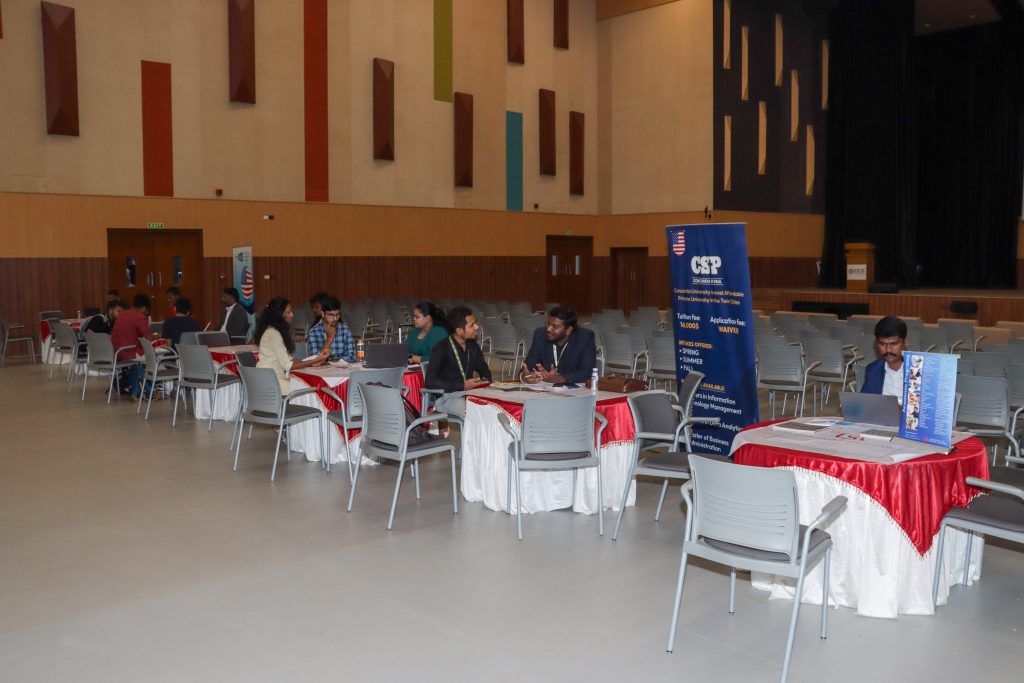
- Published in Departmental News, International Relations, IR-News, News
SRM University-AP Shines at FUSIONX-2023
The second-year BTech team of SRM University-AP achieved remarkable success at the prestigious National Level Technical Competition FUSIONX-2023. The two-day event was held at S R Gudlavelluru Engineering College (SRGEC), where our team’s exceptional skills and knowledge earned them well-deserved laurels. It is a testament to our students and faculty’s hard work and dedication!
Three of our students, Mr Sri Sai Manikanta, Mr Ashwanth, and Mr Ajit Kumar, were victorious in the Drone Extreme Challenge and received a cash prize of Rs. 2500. This technical event was held on September 14 and 15, 2023, and was organised by the Department of the Internet of Things (IoT) at SRGEC in collaboration with the Drone Club, ISF and ADYUGA EdTech Solutions.
Hearty congratulations to the champions on this noteworthy accomplishment!
- Published in Departmental News, ECE NEWS, News, Students Achievements
IASc President Delivers the UDL and Inaugurates Centre of Excellence
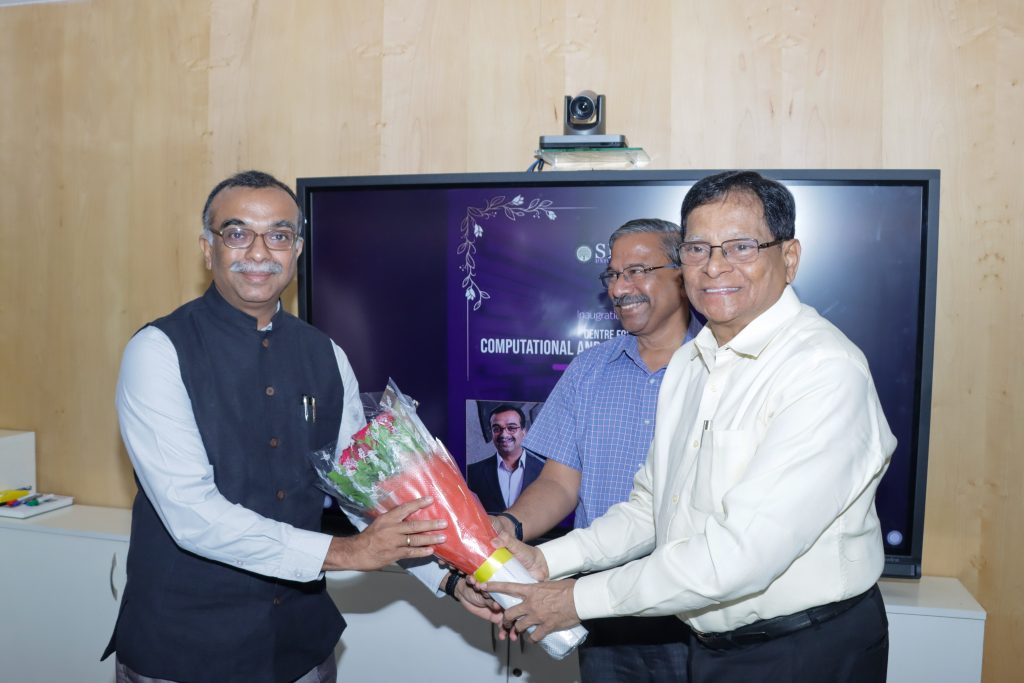
SRM University-AP welcomed Prof. Umesh V Waghmare, President – Indian Academy of Sciences, Bengaluru on the momentous occasion of the inauguration of the Centre for Computational and Integrative Sciences and as the keynote speaker of the 16th University Distinguished Lecture held on September 27, 2023. The institute launched its eighth Centre of Excellence that embraces true interdisciplinary collaboration in alignment with the mission of SRM University-AP. Prof. Waghmare acknowledged the tremendous research infrastructure of the institute that intensifies and cultivates research, innovation, and entrepreneurial spirit on campus. The Centre which is a dedicated platform for computational research, was launched in the presence of Prof. V S Rao, Advisor; Dr R Premkumar, Registrar; Prof. Ranjit Thapa, Dean-Research, Dr. Mahesh Kumar Ravva, Co-ordinator of the center, and faculty of SRM University-AP.
Prof. Waghmare also delivered an insightful session on “How Materials Shape Technologies: Past, Present and Future” as part of the 16th edition of the University Distinguished Lecture Series organised by the institute. “Material Science is an interdisciplinary field of science that witnesses the confluence of natural sciences and engineering. The history of materials (its processing) influences its structure and thus the material’s properties and performances. These diversified materials have influenced humankind significantly from the beginning of our civilization to the 21st century”, stated Prof. Waghmare in his lecture. He also expounded on how materials have been the key to technological revolutions, the impact of Quantum Physics in Material Science and combating present challenges to energy and environment through modern materials and technologies.
Prof. V S Rao, Advisor stated that the primary aim of the University Distinguished Lecture series is to inspire research scholars and students to engage in innovative initiatives that contribute to the comprehensive advancement of our nation. The lecture successfully concluded with a Q&A session and a vote of gratitude. A memento was presented to Prof. Umesh Waghmare as a token of appreciation by Dr R Premkumar.
- Published in News, University Distinguished Lecture


